You wouldn’t know it these days, but this rickety pile of concrete and wood on the outskirts of Rijeka, Croatia’s third-largest city, was once the most important location in the world for the development of maritime weaponry. To be more specific, it was the birthplace of the self-propelled torpedo.
Rijeka is located on Kvarner Bay, which is an inlet of the Adriatic Sea. Because of its strategic position and deep-water port, the city was often fought over, with the nearby Italians and the Kingdom of Hungary, which eventually became the Austro-Hungarian Empire, being two of the main contesters. Eventually, the Austro-Hungarians won out. In 1779, the city, which was then named Fiume, was granted semi-autonomous status by the Habsburg Monarchy, a position that remained in place until the fall of the Austro-Hungarian Empire at the end of World War I (1919), and Fiume soon become the empire’s largest and most important port.
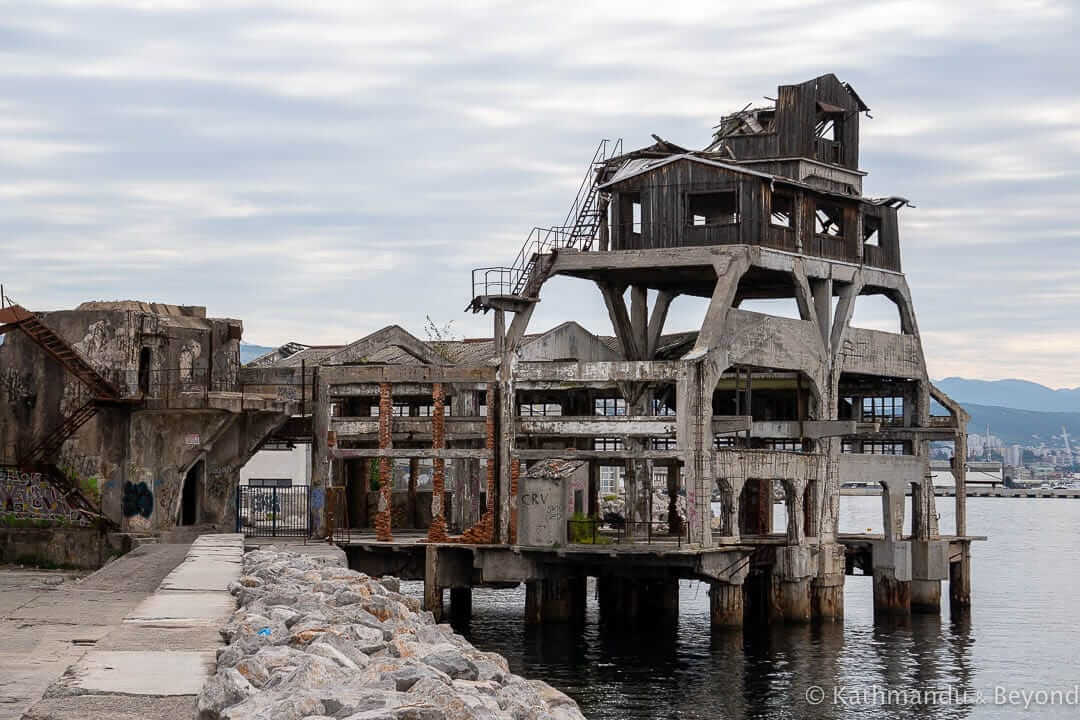
Early prototypes weren’t overly successful and although Luppis obtained the nickname ‘Salvacoste’ (Italian for coast saver) he retired from the navy in 1860. A few years later, in 1864, he was introduced to Robert Whitehead, a British machine engineer who was living and working in Fiume. Whitehead was the manager of a steamship manufacturing company and he took on the mantle of developing the torpedo further. He also took the idea to a whole new level and began tackling the problem of trying to set off an explosive charge underwater. He realised that, for the torpedo to be a success in naval battles, this element of its development was paramount. In late December 1866, the torpedo was officially demonstrated to the high command of the Austro-Hungarian navy, who were impressed and subsequently commissioned him to develop the concept further.
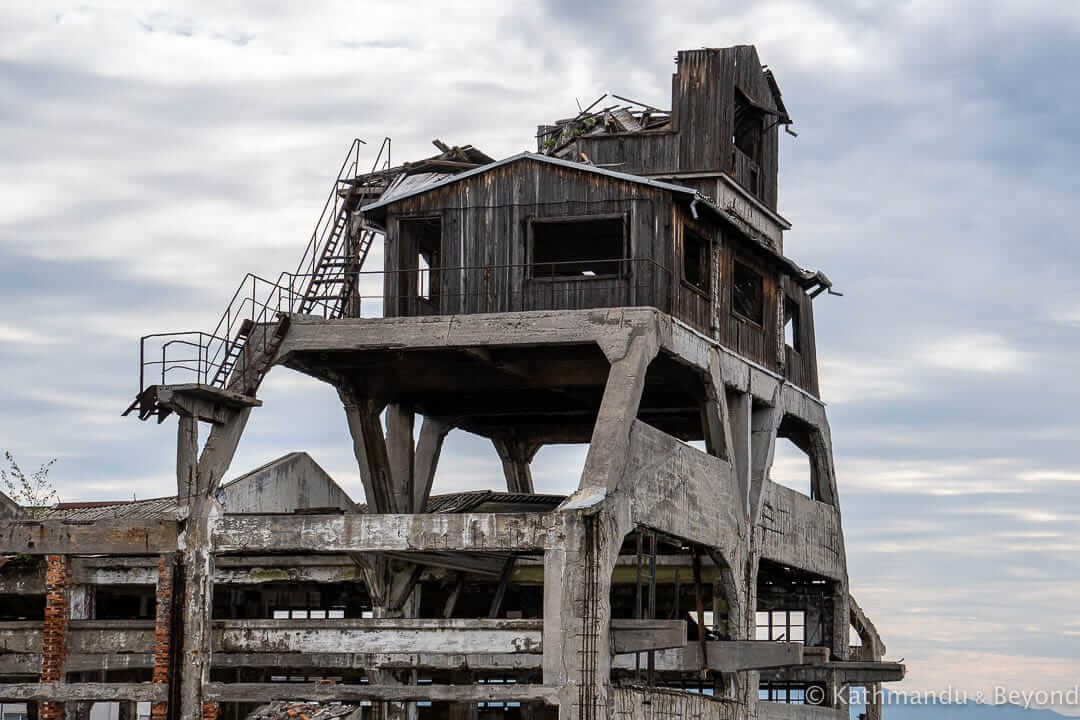
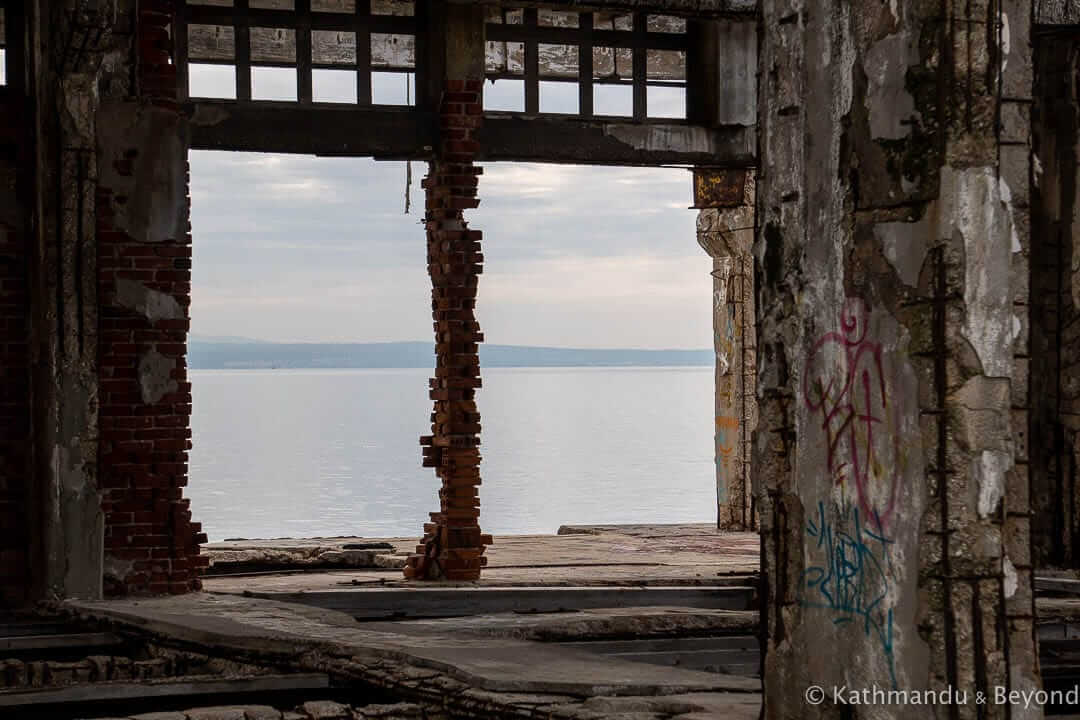
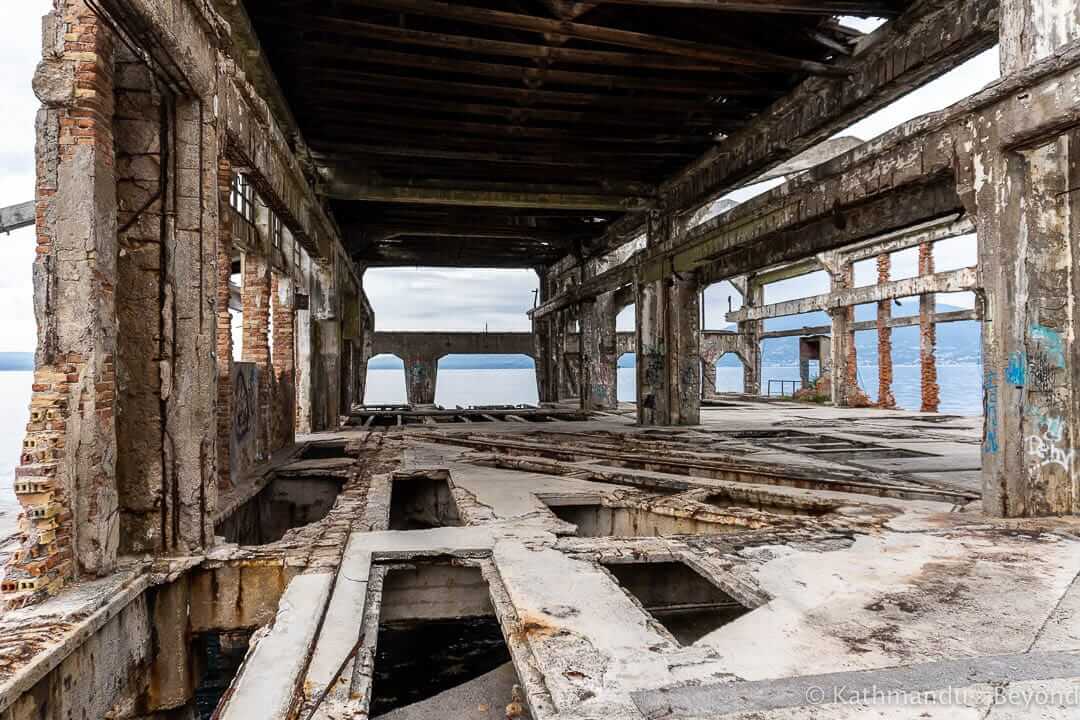
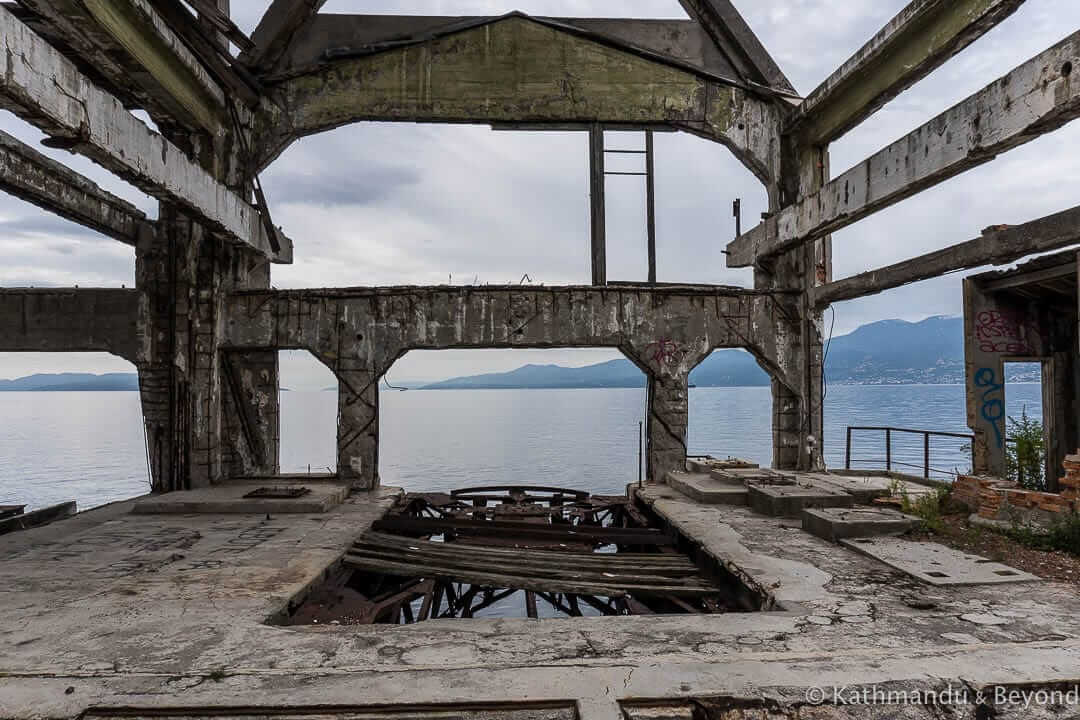
The launch station in Rijeka became the first of its kind in the world and manufacturing and testing continued at the site until the mid-1960s. The concept of the torpedo took off massively and Whitehead’s design remained the standard template for naval forces the world over for quite some time. During nearly 100 years of operation, the factory changed the specification of the torpedo to meet the demand of its clients, including variations in range, the amount of explosive charge and speed. At its height, in 1943 during World War II, the facility produced 160 torpedoes per month.
Although originally constructed using wood soon after Whitehead’s initial demonstration to the naval bigwigs, the building structure that is (just about) standing today dates from the 1930s. I cannot find anything to verify its demise but presumably, it became obsolete due to technological advancements: the 1960s, after all, were the height of the Cold War and doubtless, the facility at Rijeka had trouble keeping up.
The former torpedo launch station in Rijeka has been listed as a cultural landmark by the European Route of Industrial Heritage (ERIH). I haven’t looked into what this organisation does but when we visited in October 2019, we didn’t see any evidence that the location was being restored or cared for. It is in a terrible condition and looks like it might collapse at any minute. There are gaping holes in the floor that plunge directly into the sea and the structure is neglected and covered in a fair bit of graffiti.
But apparently, there are plans afoot to turn the derelict site into some sort of monument. Its significance in military research and development is clearly important for the city of Rijeka so I suspect something will happen one day but, as usual in this part of the world, it is no doubt a lack of funds/other priorities that are holding back any proposed plans.
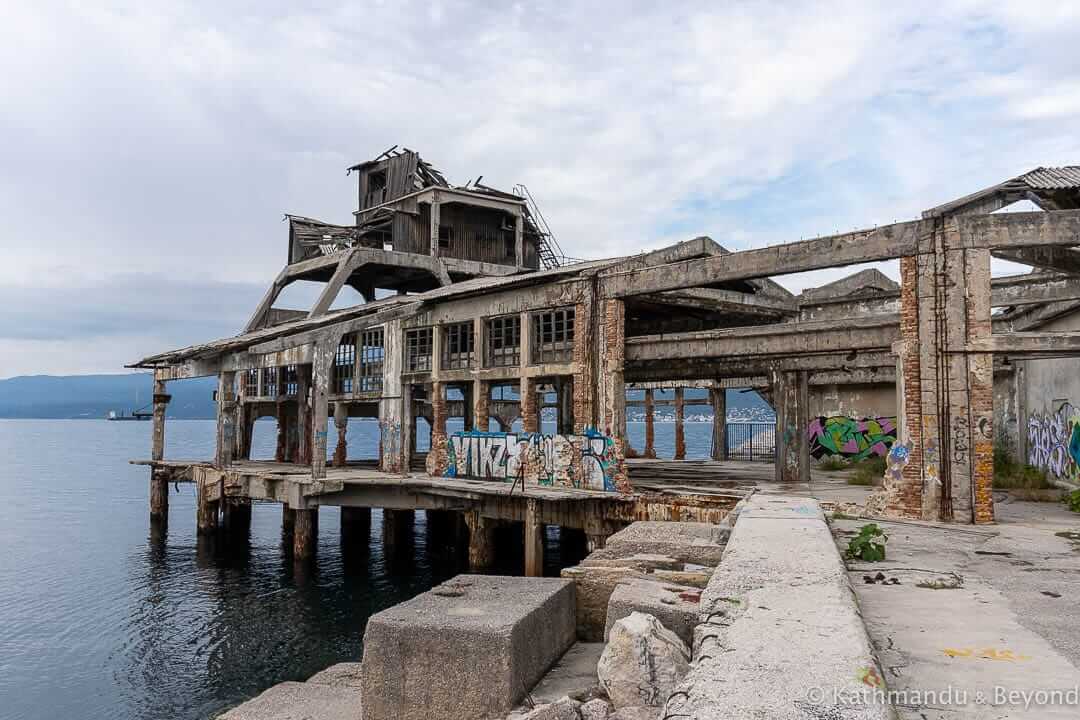
As for Luppis and Whitehead, it was the latter who made his fortune from the invention even though it was (sort of) Luppis’s idea. Luppis, however, was given the noble title of Baron von Rammer (‘The Sinker’) in recognition of his achievements. Money aside, I think ‘The Sinker’ is a pretty cool title to have! (*)
(*) Didn’t The Who write a song called ‘The Sinker’ or was that ‘The Seeker’ (boom, boom!)?
How to get to the abandoned torpedo launch station in Rijeka
The ruins of the former torpedo launching and testing station in Rijeka are located just under 4kms west of the city centre. The GPS coordinates are 45.334111, 14.403611.
We drove there but it is pretty easy to get there by public bus from the centre of the city. Bus number 8 runs roughly hourly from Jelačićev Trg (Square) to a stop at the end of the line conveniently called Torpedo. More information about bus routes and schedules can be found on Visit Rijeka’s website.
The nearest train station to the abandoned torpedo launch station is Krnjevo, about a 500-metre walk from the torpedo base. However, although the journey is just 5 minutes, the trains only operate about every two hours, making it not the most convenient option. Especially as the train station in Rijeka is not centrally situated.
READ MORE BLOG POSTS ABOUT ABANDONED PLACES
READ MORE BLOG POSTS FEATURING CROATIA
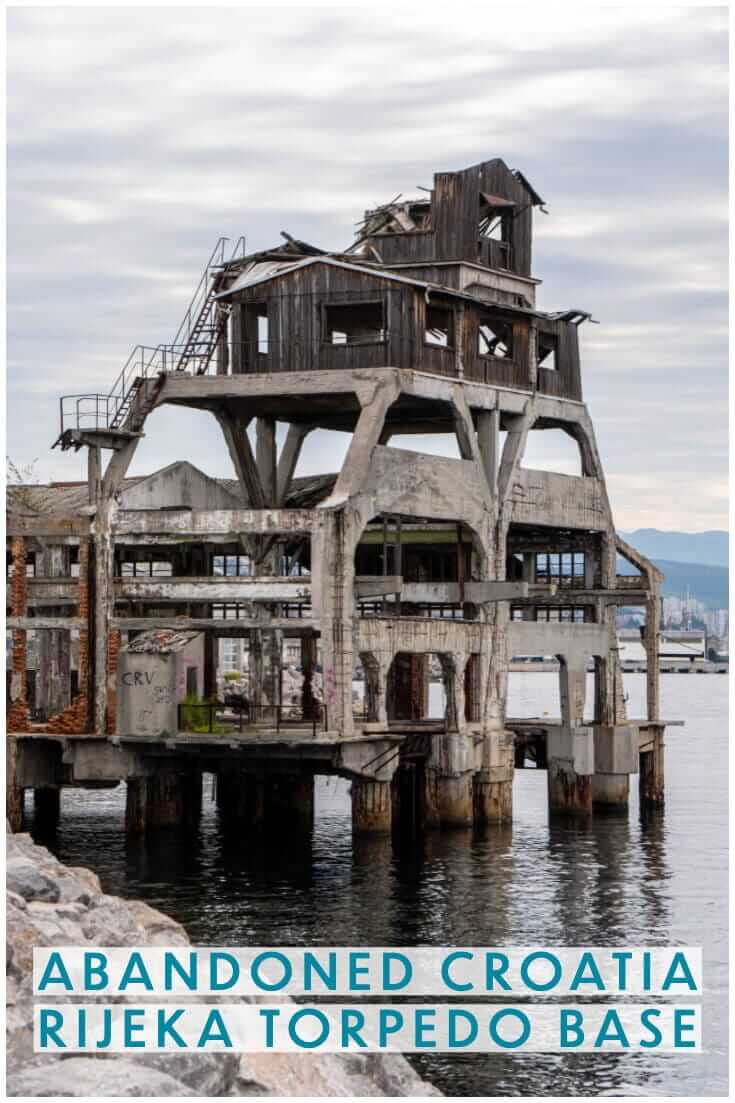
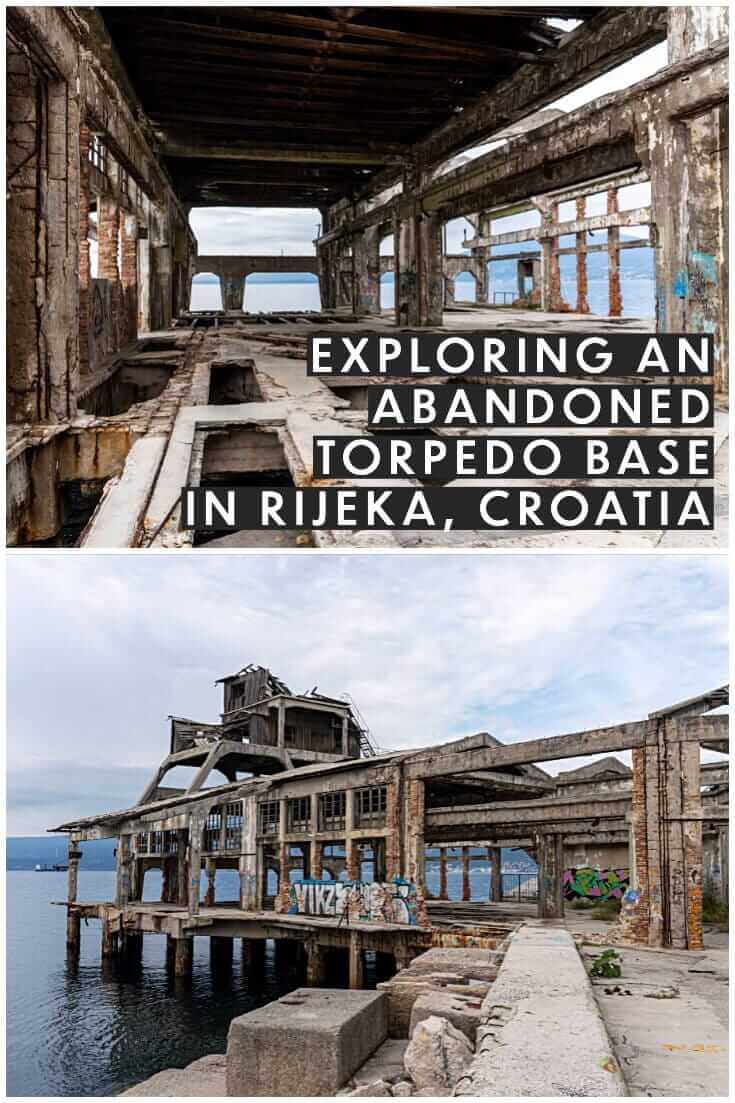
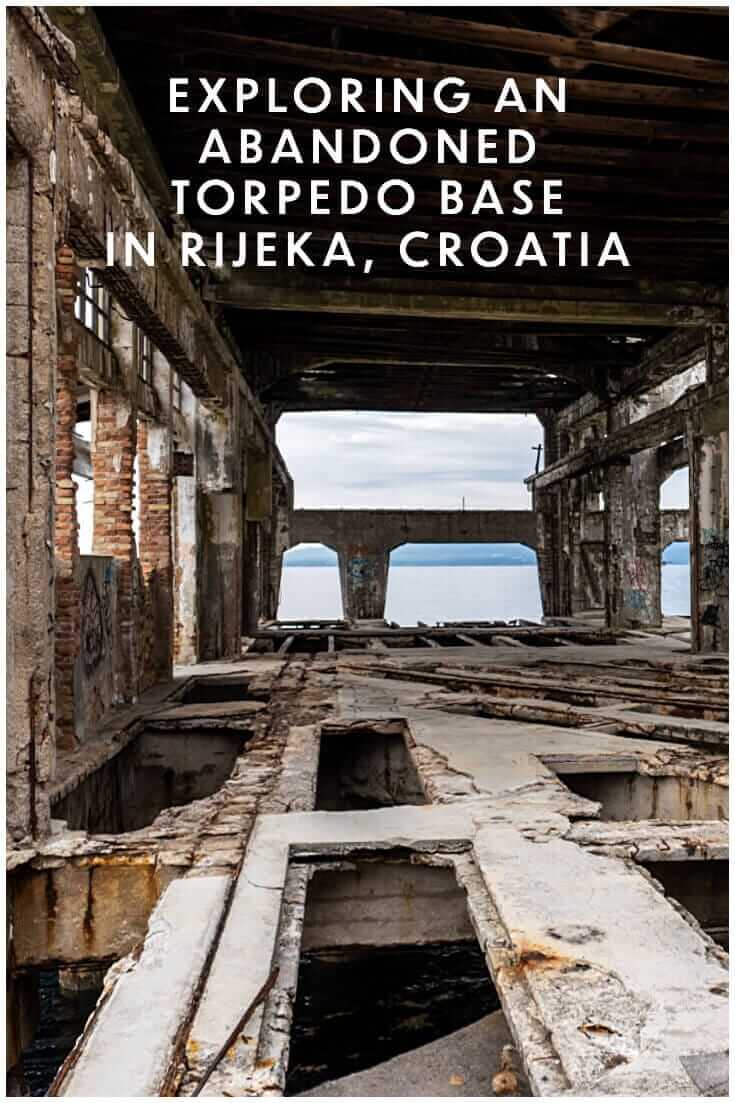

Thanks for the info, Mark.
My father worked at this site in 1937. He lived on Whitehead Road.
Lynette
Wow, that’s fascinating. I don’t suppose you have any archive photos of the site you are willing to share.
Thanks for the photos Mark.
I recently visited the site (30/04/2023), and it has crumbled in further, poorly fenced and rubbish strewn every where. Most dangerous.
It was most disheartening, as I was born in Fiume(Rijeka), I am now in my 70’s and my first time back, the factory was in Fiume. We left in 1947 when I was 13 months old.
My father and maternal uncle worked there in during German occupation as forced labourers. For me it was a trip, thanks to my niece’s instance, to see where and what: firstly where I was born secondly the hardship my family had to suffer during the occupation.
My uncle was charged as a saboteur and send to Bergen-Belsen concentration camp and my father imprisoned as a suspected saboteur.
I have now returned to Australia with mixed feelings about my trip, pleased to see the house I was born in but broken hearted at what war does. Some old timers mentioned that a lot of buildings in the town still have bullet/shrapnel indentations on their external wall.
The building needs to be restored as a monument to the peopled who suffered during the occupation.
Thank you for reading.
Dear John, thank you so much for sharing your memories and observations here on our blog. It adds a personal dimension to the post which, in turn, enhances it for future readers, in the same way it has done for us. Given it is over 3 years since our visit, and this combined with your comments about how the structure had deteriorated even more, I fear that it may be too late to restore it as a national monument. But, I prefer to be positive and keep my fingers crossed that one day it might happen.
Thank you again for taking the time to write to us.
Best wishes, Mark & Kirsty.
Thank you for reply and comments Mark and Kirsty.
I too hope that it can be resorted in some manner as monument. My niece from memory took photos of the site to take back to my elderly brother, 8 years my senior, if possible I will attempt to upload some.
The wooden building high on the structure is no longer there.